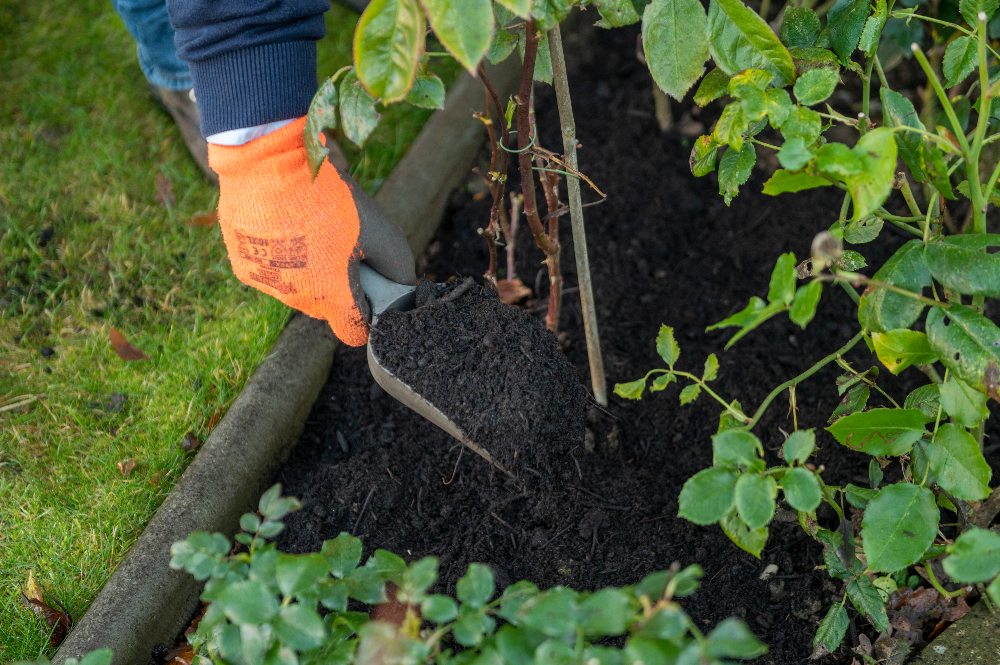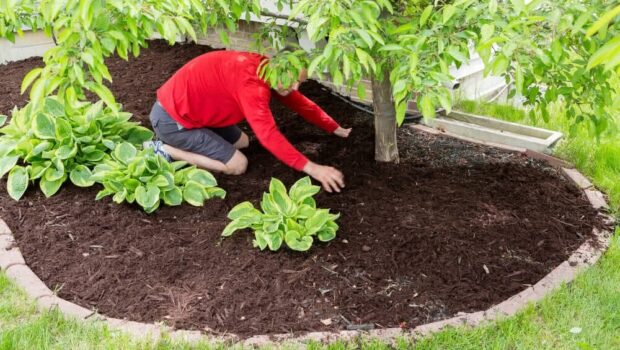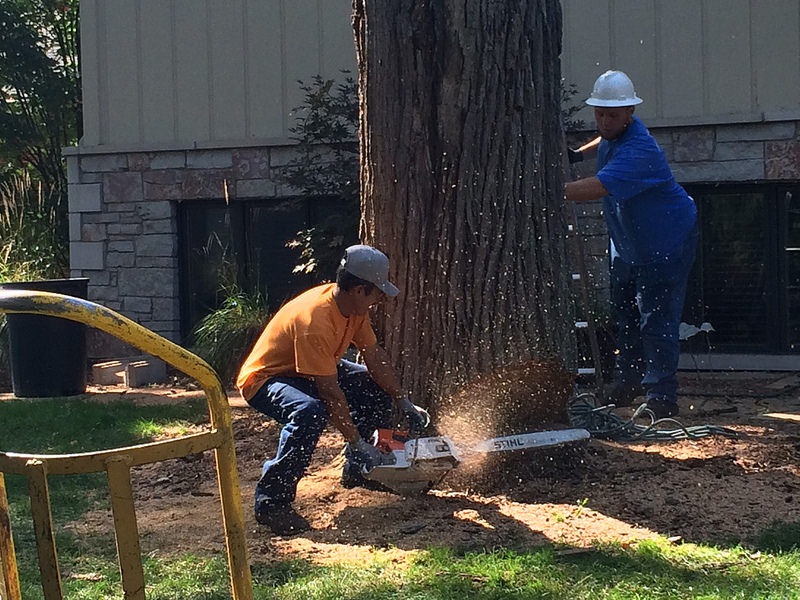Introduction –
Mulching can be described as a process of covering or shielding the soil with leaves and wood chips around the different kinds of plants that you grow. It is done to enhance the various kinds of natural processes that assist in the growth and also overpower the weeds. One of the things that you will know about mulching is that all the organic books suggest it, and it is easy to do that in any garden system. Another thing you ought to know is that mulching can be done in many ways, like with organic matter like wood chips, straw, or leaf mould. It can be placed around the plants, and it will go down and mix with the soil and also improve the structure of the soil. You should never use or dispose of plastic. You can use cardboard for mulching.

Mulch’s Advantages:
If you want a free mulch then, it is suggested that choose some good permanent material like that of slate or gravel, or stones. Also, using dried leaves or peels of fruits and others for mulching is like a food for the plants and soil. Mulching will suppress weed growth, and it also retains moisture, which is very useful in the hot summer months. Other benefits of mulching are that it lessens soil erosion and is very useful during the winters and also for heavy rains. It can insulate the plants and crops from extreme climates, which is mostly useful for late or early crops. Also, you should know that organic mulches can decay to provide nutrients for soil and boost soil organisms and worm activity.
Uses of Mulch and How to Decompose
Besides all of that, mulch can also be used to stop some crop rotting, like that of strawberries, by lifting them off the ground. Plus, there are certain things for which you need awareness too: mulch can also bring pests, but if you follow a good organic practice, then it should minimise the pest infestation. Organic mulches should be used in loose form, or you can even keep it in water for some days and use it, like onion skin, leaves, banana peels, and others, and decay them first, then put them in the soil when they are in a state of decomposition; otherwise, nitrogen can be taken from the soil, or there can be sour mulch, also known as anaerobic decomposition, which can turn acidic and damage the plants.
Mulch Preparation
It is important that organic mulches are quite thick and it should be mostly 1 to 3 inches thick which is placed around the plants. Besides all of that, you can make your own mulch at home it should be mostly 1 to 3 inches thick which is placed around the plants. Besides all of that, you can make your own mulch at home. You can also make compost out of it. It is very simple and easy. Take a jar or a bottle and daily put some vegetables, or the peels of the vegetables, like potato, banana, onion skin, and other fruits, inside the bottle or the jar. Then fill the jar with water and leave it there for 1 month. Also keep putting dried leaves into it. After which, when it is in the first stage of decay, you can put that mulch around the plants and vegetables for the soil to absorb.





